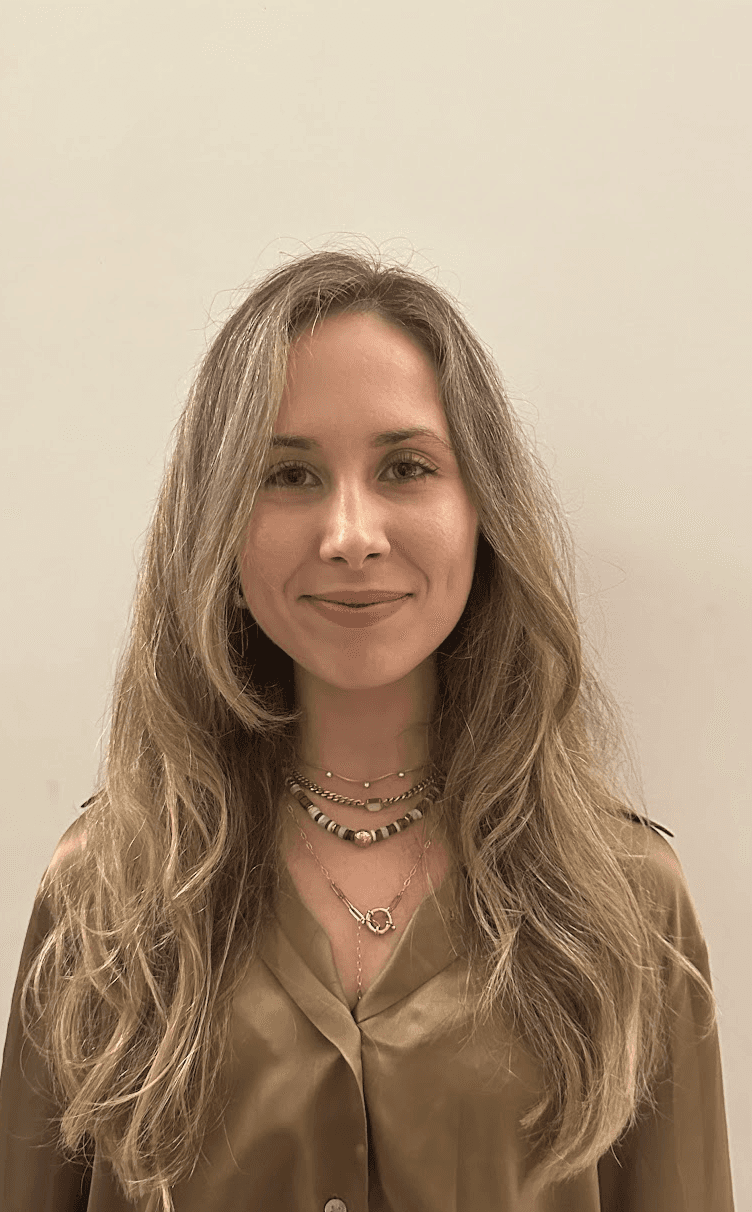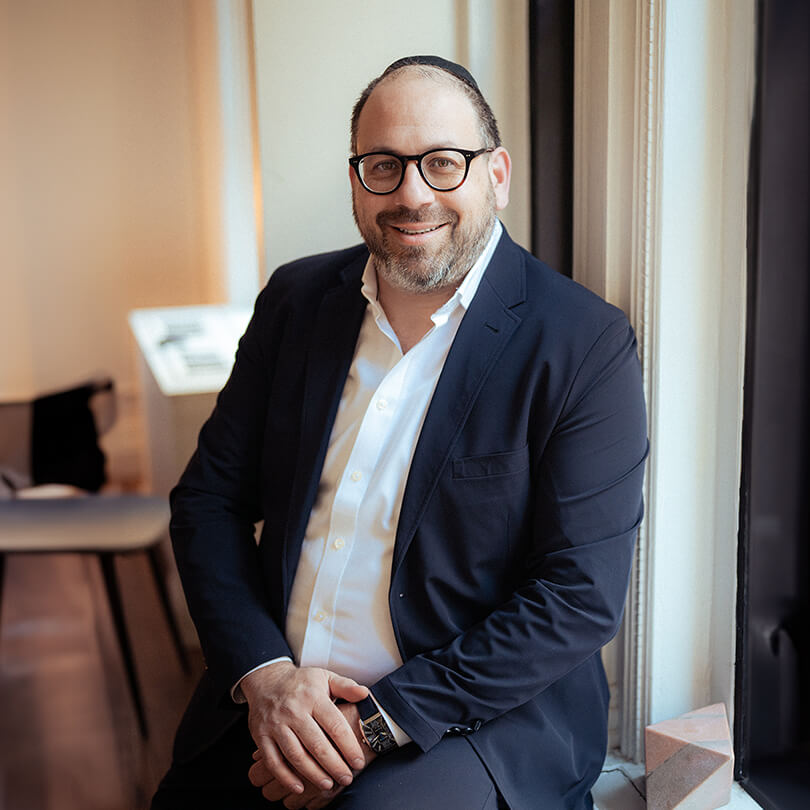O-1B Visa Guide
Learn about the O-1B visa requirements, cost, eligibility, processing time, approval rate, O-1B to EB1A transitions, and working with an O-1B visa lawyer.


By:
Chelsea Spinos
Reviewer:
Henry Lindpere
10 min read • May 29, 2025
Key takeaways
The O-1B visa is for artists and creatives with extraordinary achievement in fields like film, music, TV, dance, and visual arts.
You must have a U.S. job offer or agent and provide strong documentation to prove your reputation and accomplishments.
There’s no annual cap or lottery, and premium processing is available for faster turnaround.
The visa is valid for up to 3 years and can be extended in one-year increments as long as your work continues.
Gaining legal status to work in the United States can be uniquely challenging. But if you’re an accomplished artist, actor, musician, filmmaker, or other creative professional with extraordinary ability, the O-1B visa may offer you a faster, more flexible path to working in the U.S.
The O-1B is a subtype of the O-1 visa, a nonimmigrant worker visa option that can help gifted individuals expand their careers in the United States. Applicants need to meet high standards to qualify for this visa, in addition to navigating a rigorous application process.
The good news? You don’t have to tackle the O-1B process alone. The lawyers at Manifest Law collectively have helped thousands of creative professionals through the visa process, from collecting evidence to working with agents and sponsors to actually submitting the application.
In this guide, we’ll cover everything you need to know about the O-1B visa, including qualification requirements, O-1B visa application procedures, costs, and what happens after you’re approved.
The O-1B visa (also known as the O-1B artist visa) is a nonimmigrant visa reserved for individuals with extraordinary achievement in the arts, motion pictures, or television industry.
With the O-1B visa, creative professionals are temporarily able to legally live and work in the U.S., generally through the duration of a specific role or creative project. For example, after locking in a major media deal, a director might get approved for an O-1B visa for the length of filming the project.
The O-1B visa is ideal for performing artists (for example, actors or dancers), visual artists, producers, directors, and other relevant arts-related professionals at the top of their game. But it’s important to note that this visa has strict eligibility requirements, and applicants will need to prove “extraordinary ability” in the arts, motion
In addition to proving extraordinary ability, the O-1B requires that applicants have a concrete job offer or contract from a legal U.S. entity that directly relates to their ability. (So, for example, if a dancer were applying for an O-1B visa, they would need a contract from a U.S.-based company for a job or project for a dancer.)
While the qualification bar is high, the O-1B visa does offer some benefits over other visa options; for example, there’s no annual cap, no lottery, and O-1 visa processing times can be much faster than other visas, especially if you opt for premium processing.
O-1 Visa Type
O-1B
O-1A
Eligibility Focus
Individuals with extraordinary achievement in arts, film, or television industries
Individuals with extraordinary ability in science, business, education, or athletics
Subscribe to our newsletter for immigration resources and news-without the legal jargon.
Fee Type
USCIS Filing Fee (Form I-129)
Asylum Program Fee
Premium Processing (optional)
Cost (as of May 2025)
$1,055 / $530 (depending on the size of the company filing the petition)
$0 / $300 / $600 (depending on the size of the company and whether it is a nonprofit or for profit)
$2,805
Note: Immigration filing and processing fees periodically change. Be sure to check the USCIS fee schedule for the latest information.
Processing Type
Regular USCIS Processing
Premium Processing
Estimate Timeline
2 to 5 months
15 business days
Can I transition from an O-1B visa to green card?
Yes, some O-1B holders transition to permanent residency through the EB-1A (Extraordinary Ability) category. It’s best to speak to an immigration lawyer for legal advice customized to your situation.
How long is the O-1B visa valid?
Initially up to three years, with unlimited extensions in one-year increments (as long as you continue working in your field of extraordinary achievement/area of extraordinary ability).
Can my family join me on an O-1B visa?
Yes, dependents (and, more specifically, your spouse and unmarried children under the age of 21) can accompany you under O-3 visa status. Just keep in mind that O-3 visa holders can attend school in the U.S., but they can’t work.
What happens if my O-1B petition gets denied?
If your O-1B petition is denied, you can file a motion to reopen or reconsider, or submit a new petition in the future. Working with an experienced immigration attorney can increase your chances of success in resubmission or reapplication.
Does the beneficiary have to apply for a visa after Form I-129 gets approved?
It depends. If you're outside the U.S.? Yes, you must apply for the O-1B visa at a U.S. consulate or embassy after I-129 approval. However, if you're already in the U.S. in a valid status, the approved petition will allow you to begin working immediately without a separate visa application. A visa is only needed if you wish to travel internationally. The I-129 approval is not a valid travel document.
Can the O-1B visa get revoked?
Yes, USCIS can revoke an O-1B petition if it discovers the approval was granted in error, if circumstances change, or if it detects fraud. However, revocations are rare, especially when petitions include accurate information.












